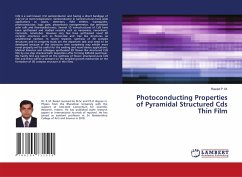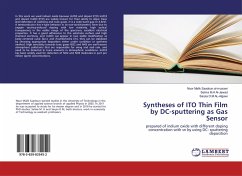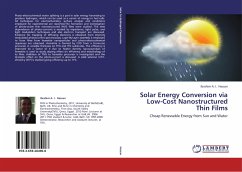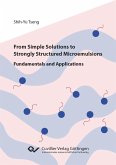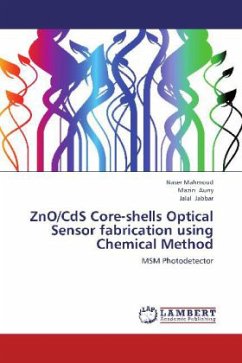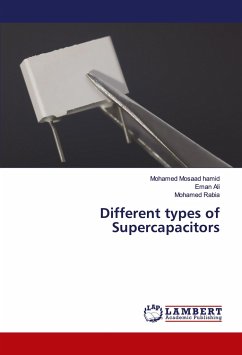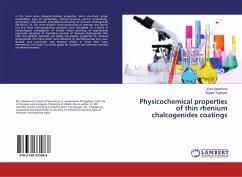CdS is a well known II-VI semiconductor and having a direct bandgap of 2.42 eV at room temperature. Semiconductor in nanostructures have wide applications as Lasers, detectors, field emitter, waveguides, photoconductor, logic gate, piezoelectric nanogenerator, dye sensitized solar cells and thermoelectronics. Several 1D nanostructures of CdS have been synthesised and studied recently such as nanowires, nanoribons, nanorods, nanotubes. However very few have synthesised novel 3D complex structures such as flower-like and tree like structures via solvothermal method. In recent research, synthesis of 3D complex structures and its property study are the important task and need to be developed because of the structures with complexity may exhibit more novel property will be useful for the existing and novel device applications. Michael Kokotov and colleague synthesised 3D flower like structured CdS film by one step chemical bath deposition after forming KMnO4 seed layer. We hardly findany report on the synthesis of flower structured pure CdS film and there will be a demand on the detailed growth mechanism on the formation of 3D complex structure in thin films.

